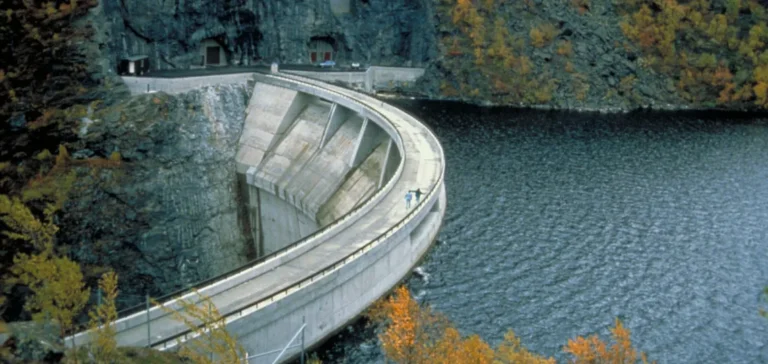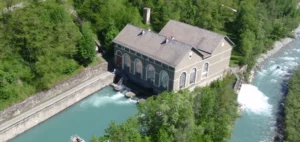Statkraft has filed a licence application to upgrade the Alta hydropower plant. The project consists of installing a third turbine to harness part of the flood volumes currently diverted away from the units. The operator estimates a production gain of up to 20% without changing the flow regime on the salmon stretch. The original configuration already provided three turbine bays, which reduces the scale of the works.
Technical context and regulatory framework
During construction in the 1980s, only two turbines were installed due to limitations in the Finnmark grid. Grid reinforcement now allows additional power to be exported from the facility. Statkraft is seeking authorisation from Norges vassdrags- og energidirektorat (NVE, Norwegian Water Resources and Energy Directorate), which will conduct a public consultation before a decision. The additional output would come from using flood flows that currently bypass the plant, with no change to existing operating rules. The company states that the salmon-designated section of the river will keep its current flow.
“It is important to make the most of the water already regulated for production,” said Maren Sisilie Joné, Regional Director at Statkraft. She said the environmental condition of the river is considered good and that the operating prescriptions will remain unchanged. According to her, the salmon stretch would not see its flow altered by the project. She added that holders of fishing rights had been informed throughout the preparation.
Local issues and industrial timetable
The group expects increased activity in reindeer grazing areas during construction and cites agreements already reached with siidas 23A Válgenjárga and 23C Jalgon, while dialogue continues with other groups. Commissioning could take place at the earliest in 2030, subject to authorisation and a final investment decision. The initiative is part of a broader programme to renew and expand Norwegian hydropower, with investments of up to NOK55bn ($5.17bn), including projects at Mauranger, Nore and Aura as well as the new Svean hydropower plant. Statkraft also notes that access to electricity is a lever for regional economic activity and jobs. “We are entering a phase where many power plants must be modernised to produce electricity in a changing power system,” said Pål Otto Eide, Senior Vice President for Development, Nordics at Statkraft.






















